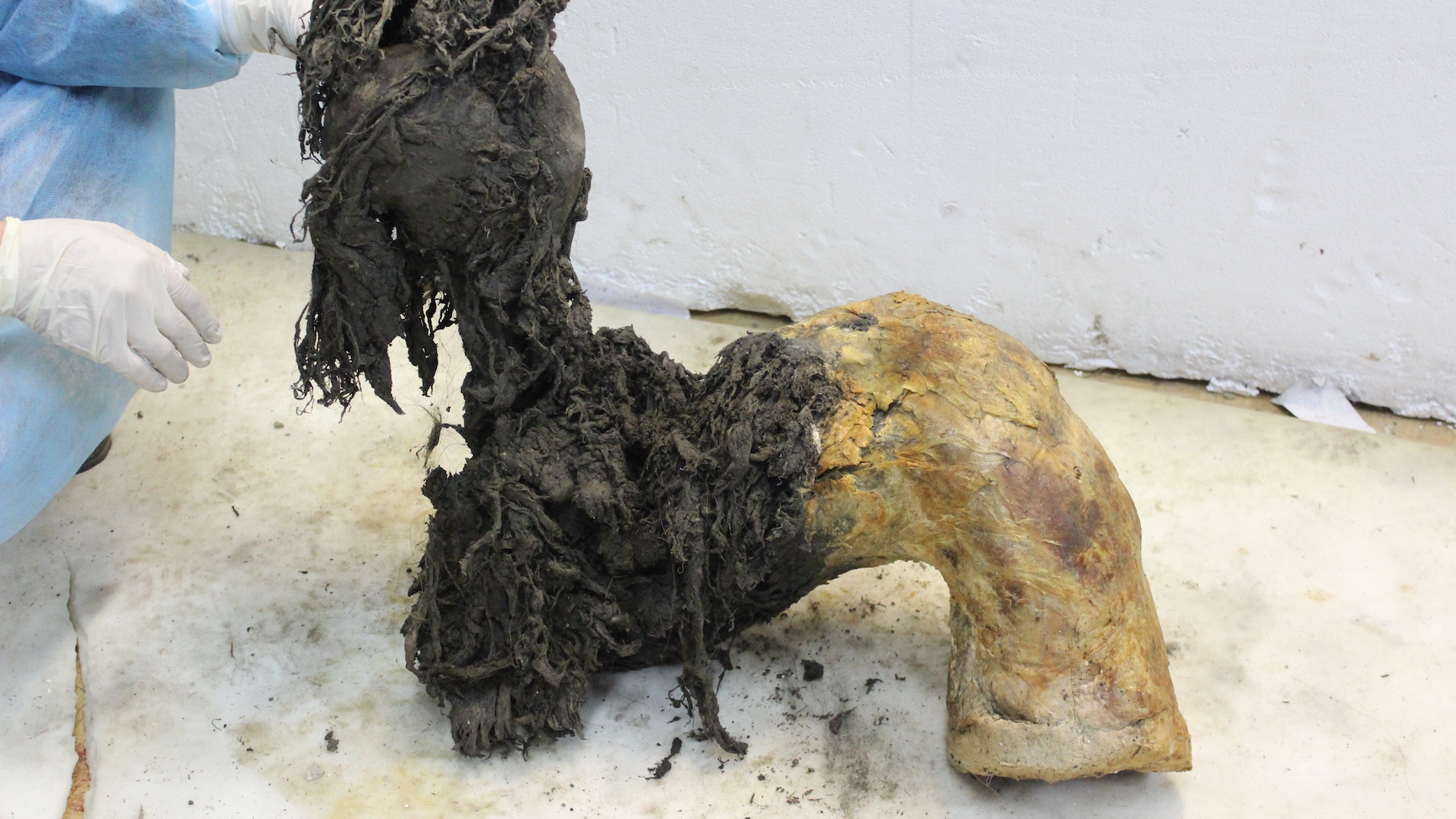
Alien Invaders: Destructive Invasive Species
Snake Head
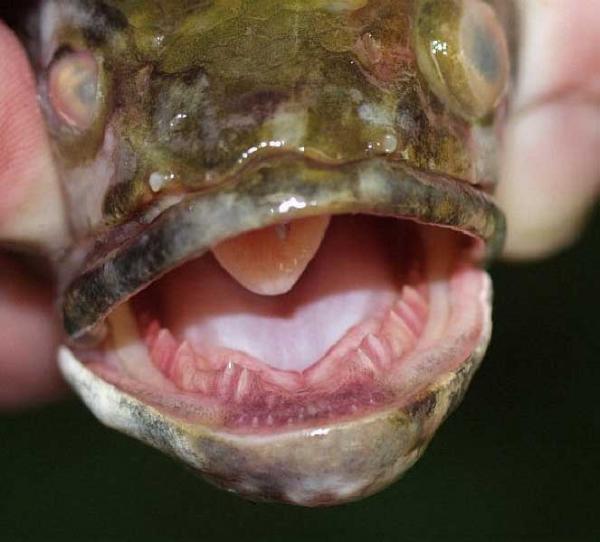
For as long as humans have moved around the globe, we've brought other species along for the ride. Some we take on purpose. Others stow away unseen. When these plants and animals come in contact with new ecosystems, the results can be devastating. There are hundreds of these invasive species worldwide; here are a few of the most destructive.
Alien Worm
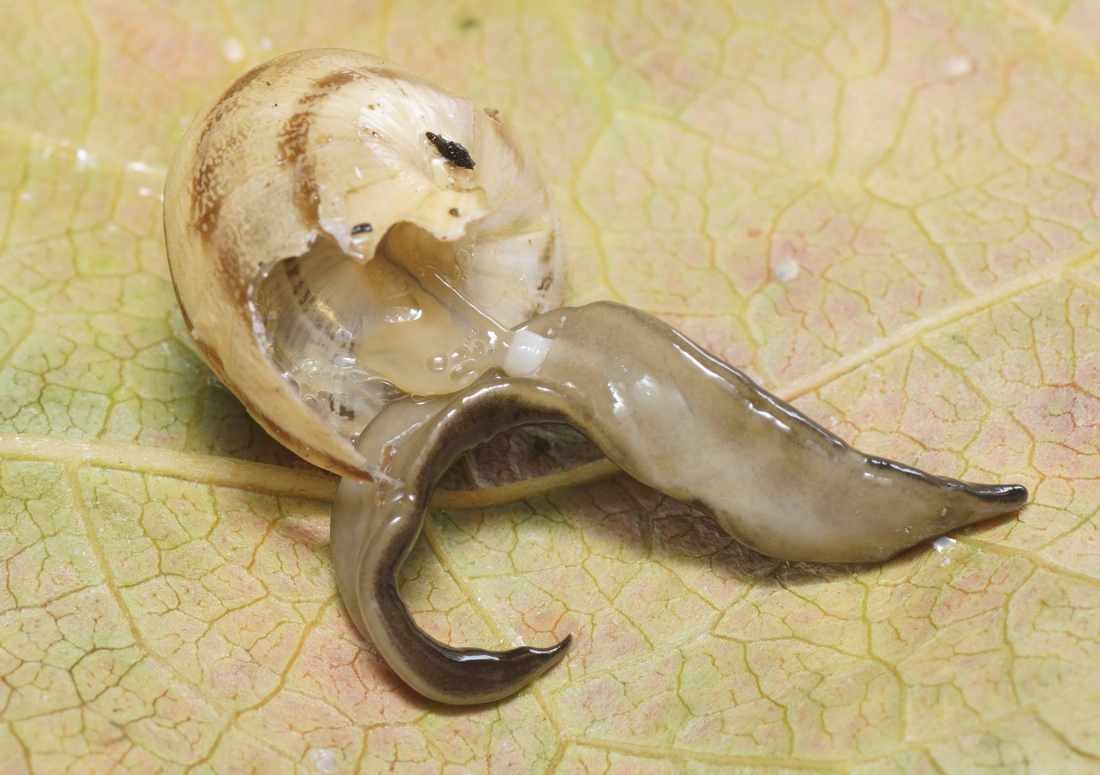
The New Guinea flatworm (Platydemus manokwari) uses the pharynx (white) protruding from its belly to suck soft tissues from a Mediterranean snail (Eobania vermiculata). The flatworm, which is just a couple millimeters thick and as long as 2.5 inches (65 millimeters), is native to New Guinea. Even so, it has been hitching rides around the globe on exotic plants and in soil, researchers have found. [Read full story on the invasive flatworm]
Lionfish
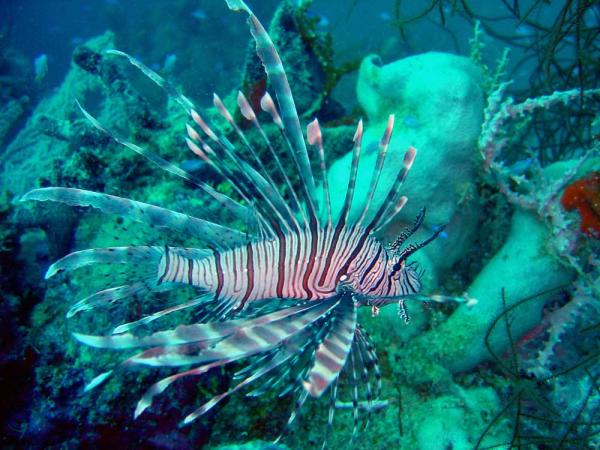
These venemous fish, native to the Indo-Pacific ocean, have made themselves right at home along the eastern seaboard of the United States, to the detriment of native species. Most likely released by Floridian aquarium hobbyists in the 1990s, lionfish have now been spotted as far north as Rhode Island and as far south as Jamaica. One 2008 study in the journal Marine Ecology Progress Series found that lionfish can reduce native fish populations by almost 80 percent in just five weeks.
Burmese Pythons

Another accidental transplant to Florida, the Burmese python, has been wreaking havoc in the Everglades for decades. The pythons, which can reach lengths of 20 feet (6 meters), snack on endangered mammals such as the Key Largo Wood Rat. They've also been known to make meals of American alligators, a species listed as endangered in 1967, though its populations have since rebounded.
The Burmese python invasion is likely the fault of pet owners releasing store-bought snakes into the wild.
Burmese pythons aren't the only serpentine invader in Florida. In 2009, wildlife biologists announced that six African rock pythons had been found near Miami, raising fears of another exotic snake invasion.
Cane Toad
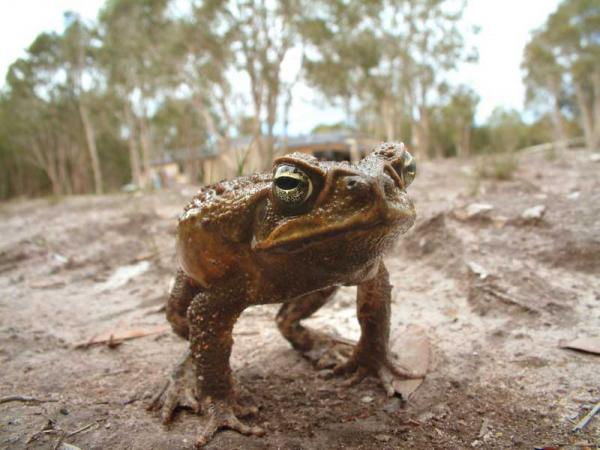
First imported to Australia in the 1930s in an attempt to control sugar cane pests, these giant amphibians now number around 200 million. They prey on some native species and compete for food and territory with others. Toxic glands behind the toads' heads can kill native animals like endangered quolls (carnivorous marsupials).
University of Sydney researchers are trying to teach quolls not to eat the invaders by feeding them dead cane toads injected with nausea-inducing chemicals. Research published in April in the Journal of Applied Ecology found that quolls that have tried the nauseating toads live up to five times longer in the wild than those that haven't.
Banana Bunchy Top Virus

Not all invasive species are visible to the naked eye. The Banana Bunchy Top Virus has spread throughout Southeast Asia, Taiwan, the Philippines and the South Pacific, carried by tiny insects called aphids. Humans inadvertently spread the aphids by transporting agricultural products.
The virus infects banana leaves, turning them narrow and bunchy. Infected plants won't bear fruit. There is no cure, and no species of banana can resist the disease.
Kudzu

Once found only in Asia, kudzu is now as Southern as sweet potato pie. The woody vine can grow up to a foot (0.3 m) per day, smothering any other plants in its path.
Kudzu was first introduced to the United States in the late 1800s as a forage crop for cattle and for erosion control. It thrives in the mild climates of the Southeast, where it has proved almost impossible to eradicate. According to the governmental Plant Conservation Alliance, getting rid of kudzu requires destroying the vine's root system.
Get the world’s most fascinating discoveries delivered straight to your inbox.
Zebra mussels Sea lampreys
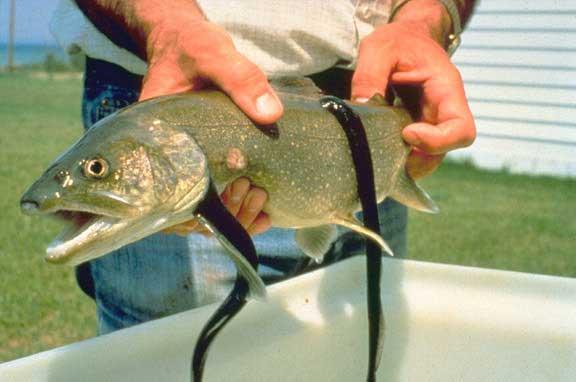
These fingernail-sized bivalves stowed away in ballast water on a tanker from Europe in 1988, establishing a colony in Lake St. Clair between Michigan and Canada. The mussels soon spread to the Great Lakes, the Mississippi River and to waterways throughout the eastern United States.
Prolific filter feeders, the mussels rapidly deplete the water of food, starving out native organisms. They cluster by the millions, clogging pipes and clinging to boats, piers and even slow-moving animals like clams and turtles.
Zebra mussels aren't the only threat to the Great Lakes ecosystem. The snake-like sea lamprey arrived from the Atlantic through manmade shipping canals in the 1800s. Since then, they've spread rapidly, preying on native fish by attaching their toothy, disk-like mouth to the fish's bodies and sucking them dry.
According to the Great Lakes Fishery Commission, the lampreys so devastated the Lakes' fish population that the lake trout catch decreased from 15 million pounds in the 1800s to only 300,000 pounds by the early 1960s.
Northern Snakehead

In 2002, a pond in Crofton, Md. began yielding up an unwelcome catch: the non-native Northern Snakehead, an aggressive predator probably released from an Asian fish market. According to the Pennsylvania Fish and Boat Commission, the snakehead has since been found in the Potomac River and in Pennsylvania, Florida, North Carolina, California and Massachusetts.
To complicate matters, the snakehead doesn't need waterways to spread. It can breathe air and travel for days over land to new bodies of water.
Snakeheads eat everything from other fish to birds and small mammals, and wildlife biologists fear that if the species gets a foothold, it could decimate native ecosystems and spread alien diseases.
Water hyacinth
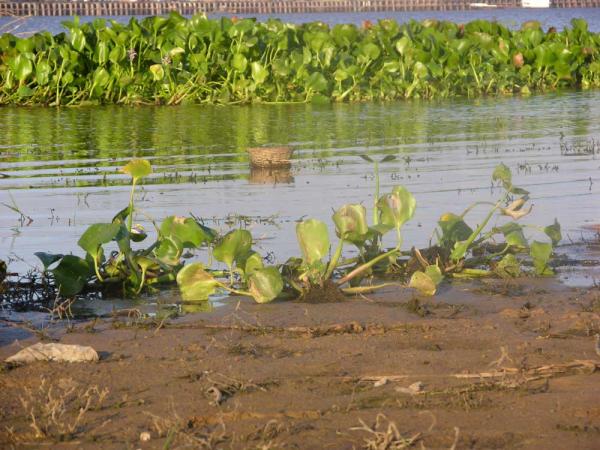
The water hyacinth is known for its beautiful purple flowers, but this beauty can be deadly to native species.
The hyacinth can double its mass in less than two weeks. It chokes waterways in Africa and China, preventing sunlight from penetrating the water's surface. According to a 2006 paper in the Journal of Zhejiang University Science, one lake in China's Yunnan province lost 60 percent of its native species after water hyacinth invaded.
The plant hails from South America, but has spread to 50 countries on five continents, according to the International Union for Conservation of Nature (IUCN).
Giant African Snail

This huge mollusk thrives in tropical and sub-tropical regions. The IUCN lists it as one of the worst snail pests in the Pacific and Southeast Asia, where it likely spread by hitchhiking on agricultural products and equipment.
The snails damage crops and spread plant diseases, and they breed like crazy. In 1966, a Miami boy brought home three giant African snails from a trip to Hawaii. His grandmother released them into her garden. Within seven years, according to the United States Department of Agriculture, the three snails had become more than 18,000. It took 10 years and $1 million to eradicate the alien mollusks.

Stephanie Pappas is a contributing writer for Live Science, covering topics ranging from geoscience to archaeology to the human brain and behavior. She was previously a senior writer for Live Science but is now a freelancer based in Denver, Colorado, and regularly contributes to Scientific American and The Monitor, the monthly magazine of the American Psychological Association. Stephanie received a bachelor's degree in psychology from the University of South Carolina and a graduate certificate in science communication from the University of California, Santa Cruz.
